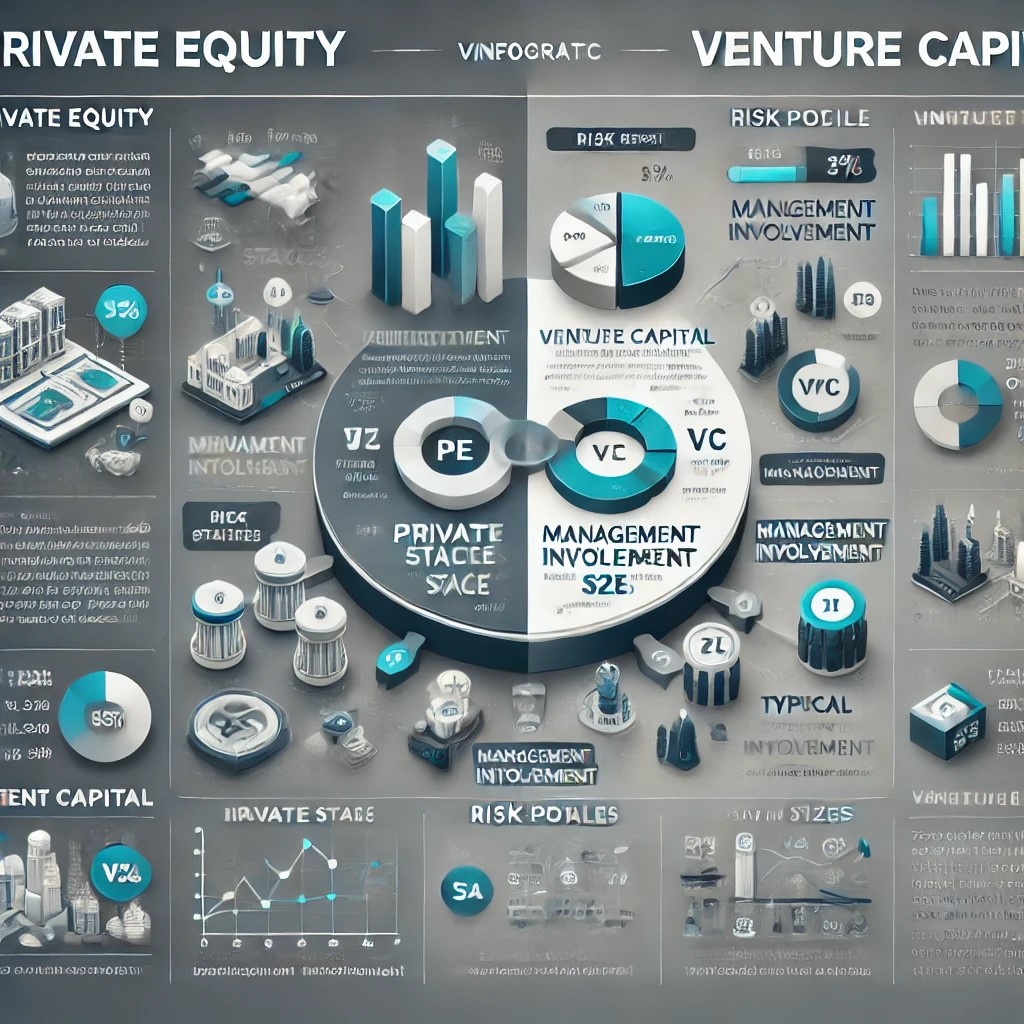Investment is a good means of boosting wealth, but with any gains comes risk. Among the most prominent risks are investment scams whereby one can lose his or her hard-earned money. Knowing how to identify and avoid these is quintessential for someone to protect his financial future. In this article, we will go through some practical strategies to help you spot scams, avoid common traps, and make smarter investment decisions.
Why Investment Scams are a Growing Concern?
Online investing and finance are among the factors that have increased the cases of investment scams. According to the FTC, the losses on investments rose to $3.8 billion in 2022, whose increase was sharper than during the past years. Scammers most times use emotions by appealing as if they will deliver the returns highly thus, this is a warning. Therefore, through learning how to spot the signs of warning investors may avoid being scam.

Identifying Popular Investment Scams Investment scams are legion, and scam artists just get more resourceful every day. Following are some common scams schemes:
- Ponzi-Schemes: Named after Charles Ponzi, this type of scheme touts high returns with limited risk. Money from new investors is used to pay earlier investors in a Ponzi based scheme. The scheme at one time, eventually collapses because there's no actual investment generating profit. In the infamous Bernard Madoff case, investors lost an estimated $18 billion to this type of scheme.
- Red Flag: Steady, high returns with no basis. Real investments go up and down, so guarantees of returns are suspect.
- Pump-and-Dump Schemes: In this type of scam, scammers hype a stock to inflate its price often over social media. Once the stock peaks in price they sell their shares and unsuspecting investors get stuck with worthless stock. These scams often zero in on tiny unknown companies.
- Red Flag: Explosive, unsubstantiated claims about a stock's potential-especially a small company.
- Crypto Scams: Crypto scams are on the rise with increasing awareness of cryptocurrencies. These include fake initial coin offerings (ICOs), fraudulent crypto trading platforms and called "rug pull" scams in which developers abandon a project once they collect investors' money. Losses of $1.9 billion in crypto-related crimes occurred in 2020, according to CipherTrace.
- Red Flag: No information is available on the founders, the project, or inflated claims of crypto returns.
Hands-on How-to Identify Investment Scams
One detects an investment scam based on observation and skepticism. Here are some do's and don'ts:
- Verify if the Investment is Genuine: Ensure that the company you invest in is legitimate. You should check the registration of the company as per local legislation. For example, in US, company should be registered through the Securities and Exchange Commission's (SEC) EDGAR database. Most legitimate investment companies are registered in the United States. Avoid high-pressure tactics:
Scammers frequently create a hasting situation and sense of urgency to prod you along. They often claim that you must "act now" or you will regret not doing so because you've let the investment opportunity slip away. Legitimate investments do not require instant decisions; take your time to think over the choices in front of you.
- Always Be Skeptical About Schemes with High Returns and Lower Risk: It probably is if it is too good to be true. The FTC warns that scams most of the time emerges where there is a promise of high returns with low or no risk. For instance, the S&P 500 returns about 10% on average annually for the past 30 years, so any investment claiming to produce consistently higher returns should raise suspicions. Investigate the company's background, management team, and record. Review websites like Better Business Bureau or Finra's BrokerCheck for reviews and complaints against financial firms and brokers.

Common Red Flags for an Investment Scam
The following red flags are some additional ones that might signal you to pay more attention:
- Unregistered Brokers: Verify whether a salesperson is registered. The presence of a registered broker or a firm is a red flag.
- Lack of Documentation: Legitimate investments are usually well-documented, like publishing a prospectus or fact sheet that will detail the risks involved.
- Don't Tell Anyone: Be cautious if the scammer instructs you to say nothing about the investment to anyone else. Of course, you should know that you are free to discuss any legitimate opportunity for investment. Legitimate investments usually have an open-ended policy so be wary of programs that would want to keep things "highly confidential" or "exclusive".
How to Protect Yourself from Investment Scams?
Be vigilant and equip yourself with a little bit of good sense while trying to avoid investment scams.
- Know Stuff: This shall be your best defense. Educate yourself on the types of investments you find interesting and how they work. Most scammers target those who do not know much about the world of finance.
- Diversify Your Investment: Don't invest all your money in one place, especially high-risk locations. Dividing the monies will help in reducing risk because the money will go into several assets. This might help keep you safe from major losses in case one of your investments is a scam.
- Monitor Your Investments: Do this periodical check on your investments to make sure they are performing as you wished. You will get instant responses in case something unusual happens.
Real Life Investment Scam Examples
Let's take some real-life examples to better understand how the scam plays.
- The Theranos Scandal: Theranos is a healthcare technology company that was defrauding its investors when it exaggerated its blood-testing technology. Thousands of investors lost hundreds of millions of dollars before the fraud came into the open light of day. The company's founder faces charges of fraud brought in 2022. So, do your homework first and invest wisely, especially into start-ups or any technology touting revolutionary breakthroughs.
- FTX Crypto Collapse: FTX was one of the largest cryptocurrency exchanges to completely melt down in 2022 after it was discovered that billions of dollars in customers' funds had been mishandled. The sudden collapse of FTX brought massive losses to investors worldwide. Investments in crypto are highly risky. If something is too good to be true, don't believe it. Always investigate the company's financial practices and security.

Reporting Investment Scams
If you suspect you have caught an investment scam, report it straight away. If in the U.S. you can report to the SEC, FTC or your state Attorney General office. For crypto scams there are sites like CipherTrace and Coinfirm that offer tools to report fraudulent activities.
Prompt reporting can help authorities act against the scammers and perhaps curb further losses for other investors.
Future Guidelines and Precautions
Investment scams are indeed quite destructive; however, proper information and tactics would help protect you. Therefore, be certain to check out any opportunity, shy away from high-pressure tactics, and be wary of those who offer something which seems too good to be true. Being alert and informed will tell you where to find the most likely occurrence of investment scams and how to be active to avoid them which gives rise to a safe financial future.





